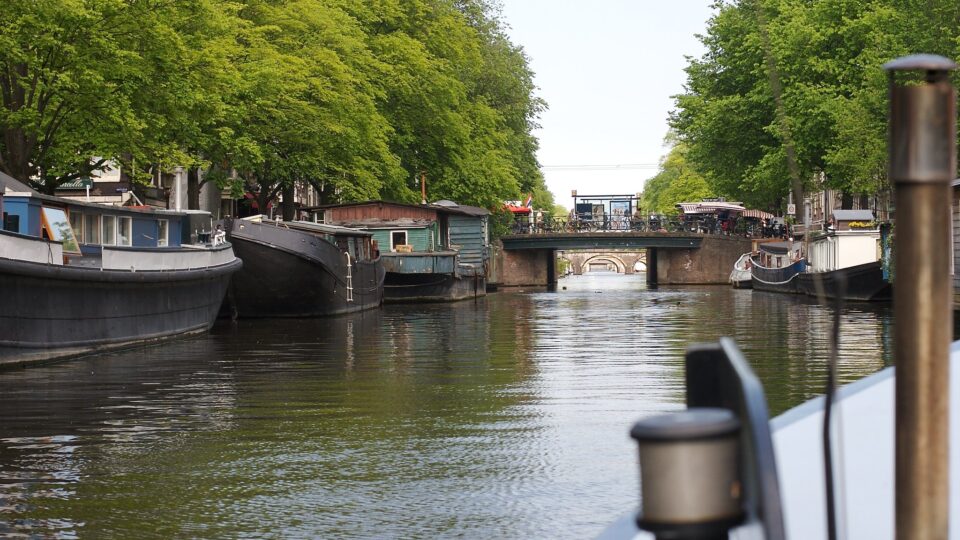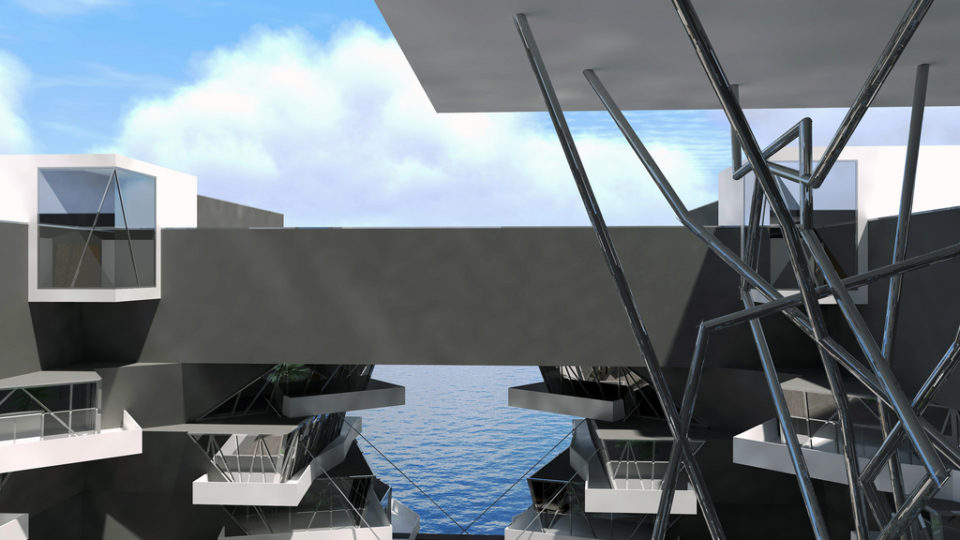The Netherlands is a country that is largely built on reclaimed land and a third of it remains below sea level. The Dutch have long experience with dealing with rising waters. The city of Amsterdam has almost 3,000 houseboats in its canals.
As sea levels continue to rise across the globe, it is no surprise that the Dutch have taken the lead in creating communities composed of floating houses and buildings.
A floating house is a structure fixed to the shore, often resting on steel poles, and usually connected to the local sewer system and power grid. They are much like ordinary houses except that instead of a basement, they have a concrete hull that acts as a counterweight, allowing them to remain stable in the water.
The ones in the Netherlands are often prefabricated, square-shaped, three-story townhouses. Rotterdam, which is 90% below sea level, is home to the world’s largest floating office building as well as a floating farm.
Floating buildings have their challenges, not the least of which are the effects of severe wind and rainstorms, or even the passing of large ships which can make the buildings rock. Infrastructure like electricity and sewer service is not that simple to implement for the buildings. But the benefits of floating buildings may outweigh the costs.
For cities facing worsening floods and a shortage of buildable land, floating homes are a potential solution for expanding urban housing in the age of climate change. Dutch engineers are spearheading floating building projects in Britain, France, and Norway, as well as in threatened island locations like French Polynesia and the Maldives.
**********
Web Links
Embracing a Wetter Future, the Dutch Turn to Floating Homes
Photo, posted May 23, 2007, courtesy of Jeff Hutchison via Flickr.
Earth Wise is a production of WAMC Northeast Public Radio.

